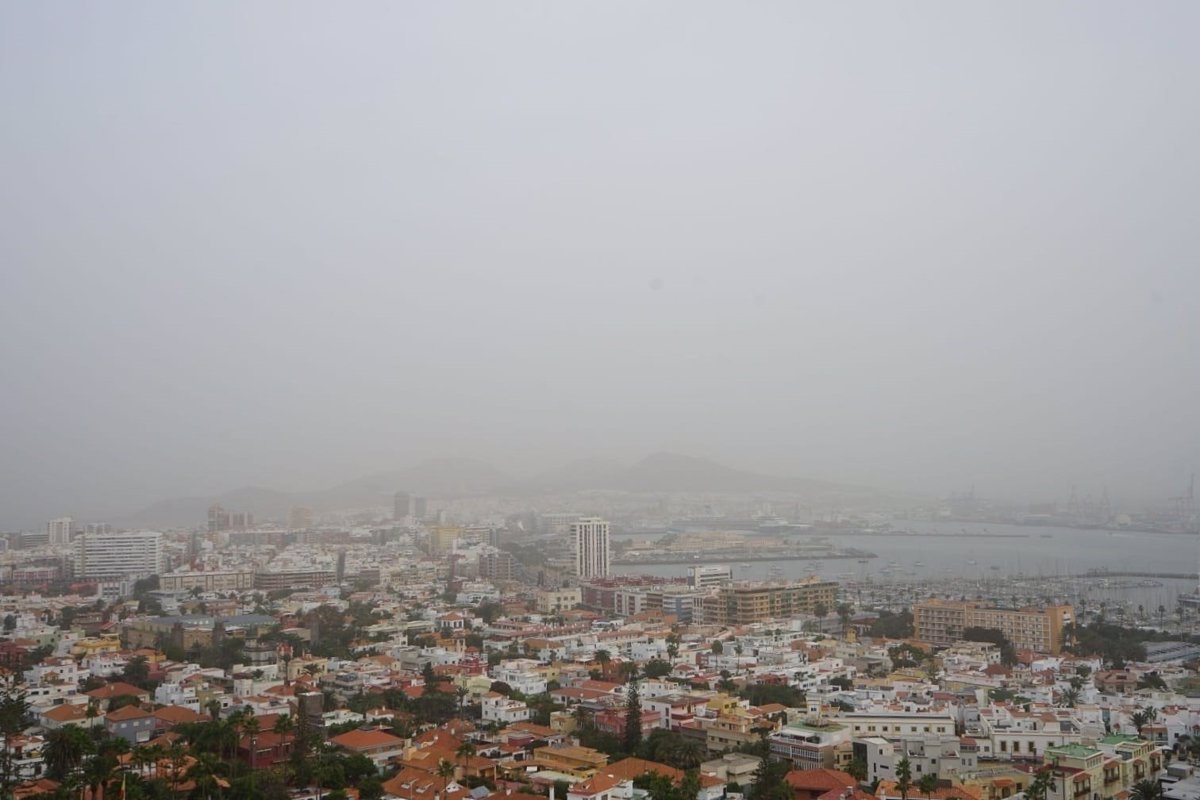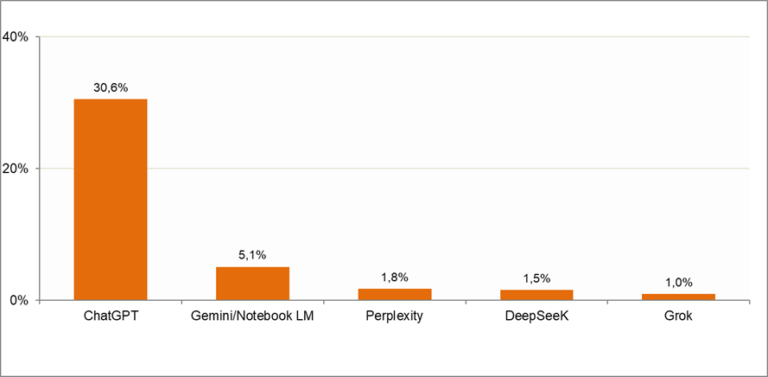
Experts from the Fernández-Vega Ophthalmological Institute have recommended the use of glasses, either sunglasses or prescription glasses, and to avoid contact lenses as much as possible to protect the eyes from the calima that the latest weather forecasts predict will reach the Peninsula during Easter Week.
The arrival of storm Olivier, which will cause instability and precipitation in various regions, will also bring the entry of suspended dust, known as calima, which could cause hazy skies and affect air quality in the southern half of the peninsula.
The dust from the calima, which comes from the Sahara desert, has negative effects on health. In the eyes, it mixes with the tear film that protects the ocular surface, and therefore, a feeling of grittiness may be noticed after a walk down the street. People with dry eyes will feel this phenomenon more intensely, as warned by the ophthalmologists.
Some of the most common effects of calima on the eyes are ocular irritation, which occurs when dust comes into contact with the eye’s surface and causes itching, redness, and a feeling of grittiness; or dry eyes, as the relative humidity of the air decreases, the eyes can dry out more easily, especially in people who already suffer from dry eye syndrome. In addition, allergic reactions can occur, causing watery eyes, swelling, or itching.
To protect the eyes from this phenomenon, the Fernández-Vega Ophthalmological Institute has suggested that, in addition to wearing glasses, a cap with a visor should be used to limit the entry of dust and outdoor sports should be avoided. In case dust enters the eyes, they have pointed out the usefulness of rinsing with saline solution.
Among the recommendations, they have also emphasized the importance of drinking plenty of fluids and keeping the eyes hydrated by using artificial tears, which help refresh, soothe, and remove the dust trapped in the tear film. Saline solution can also be used to wash both the mouth and nasal passages, which are also affected by this desert dust.
To avoid breathing in the dust, they have proposed wearing a mask where there are high concentrations of suspended dust, as well as for those with respiratory problems, to ensure complete protection. Finally, if the irritation does not improve in a few days, it is advisable to see an ophthalmologist as soon as possible for an evaluation.






